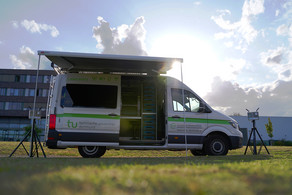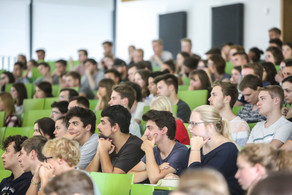Urban Channel Models for Smart City IoT-Networks Based on Empirical Measurements of LoRa-links at 433 and 868 MHz
- Dipl.-Ing. Stefan Böcker
- Pascal Jörke
- Univ.-Prof. Dr.-Ing. Christian Wietfeld
- Publications
- IDEAL
- CPS.HUB
- SFB 876
In IEEE 28th Annual International Symposium on Personal, Indoor, and Mobile Radio Communications (PIMRC) - Workshop WS-01 on "Communications for Networked Smart Cities (CorNer), October 2017.
Abstract:
The vision of Smart City is to enable new use cases being overall connected. Considering a large number of Internet of Things sensors and challenging channel characteristics, new technologies evolve facing these new challenges. A promising solution to meet such requirements are Low Power Wide Area Networks. In this paper, a LoRa availability analysis is carried out to analyze performance of a Low Power Wide Area Networks representative in the 433 MHz and 868 MHz ISM bands considering a Smart City Internet of Things scenario, resulting in signal ranges up to 5.8 km. Additional reliability measurements show that indoor and outdoor LoRa nodes are able to achieve a Packet Delivery Rate of over 99% within a range of 4.8 km, depending on their installation side. The results of these measurements are compared with established empirical channel models. Due to the insufficient prediction accuracy of the established models in the examined Smart City area of Dortmund, Germany, two new path loss models for urban areas are presented for both the 868 MHz and 433 MHz frequency bands.






